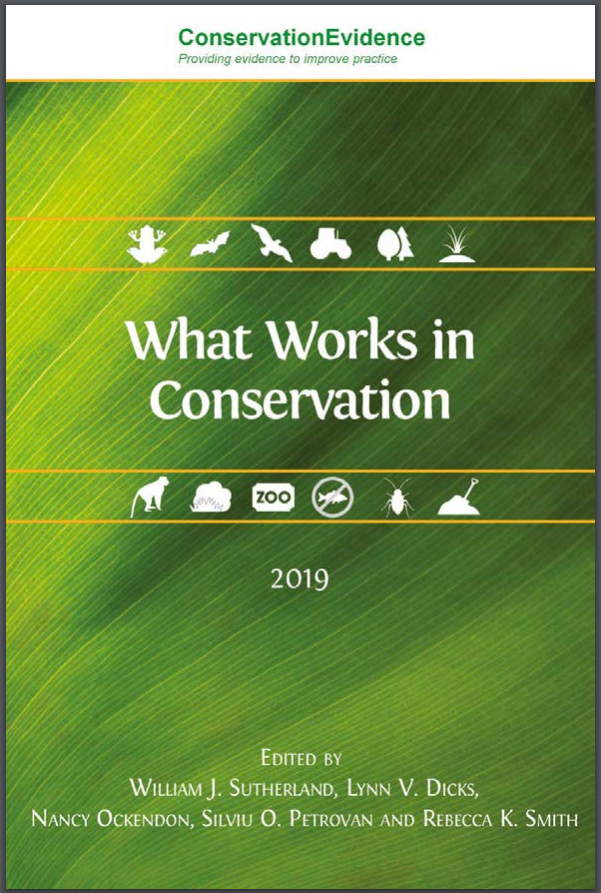Databases
@Prajjwal Bhattarai
- List of Amphibians species
Amphibian Species of the World
Amphibian Species of the World 6.0, an Online Reference
http://research.amnh.org/vz/herpetology/amphibia/
- Information on amphibian declines, natural history, conservation, and taxonomy.
AmphibiaWeb
Ford et al. (2020) synthesize the progress towards understanding threats to amphibians and outline a framework for advancing amphibian conservation. Numerous potential drivers of declines have been explored over the years, with some causes like UV-b radiation, acid rain, and limb deformities ultimately being unsubstantiated.

- Evidence from the scientific literature about the effects of conservation interventions, such as methods of habitat or species management.
Conservation Evidence - Site
Conservation Evidence is a free, authoritative information resource designed to support decisions about how to maintain and restore global biodiversity. We summarise evidence from the scientific literature about the effects of conservation interventions, such as methods of habitat or species management.

- Information about range, population size, habitat and ecology, use and/or trade, threats, and conservation actions that will help inform necessary conservation decisions.
The IUCN Red List of Threatened Species
Almost a third(31%) of all lemur species in Madagascar are now Critically Endangered, with 98% of them threatened, according to the update of The IUCN Red List of Threatened SpeciesTM . The update also lists the North Atlantic Right Whale and European Hamster as Critically Endangered.

- Map plots data and flows of wildlife and wildlife products that were seized or abandoned upon entering the United States. The data are from the U.S. Fish and Wildlife Service Law Enforcement Management Information System called LEMIS. The options are to select maps that show trade flows by species, display seizures information by detail based on the country of export, or a cross-reference of species and the source country. The link doesn't work but there are other LEMIS instances available.
http://wildlifetradetracker.org/
</div>- Conservation resources are limited, and with thousands of threatened species in need of help, the Conservation Needs Assessment process managed by Amphibian Ark to objectively and consistently identify priority species and their immediate conservation needs.
Amphibian Conservation Needs Assessments
Conservation resources are limited, and with thousands of threatened species in need of help the Conservation Needs Assessment process seeks to objectively and consistently identify priority species and their immediate conservation needs. Scientists, field biologists, animal husbandry experts and others are vital to the success of the conservation needs assessments.
S(1gxe0pjhc1zk10izpe3gzo3d))/images/map2.jpg)
